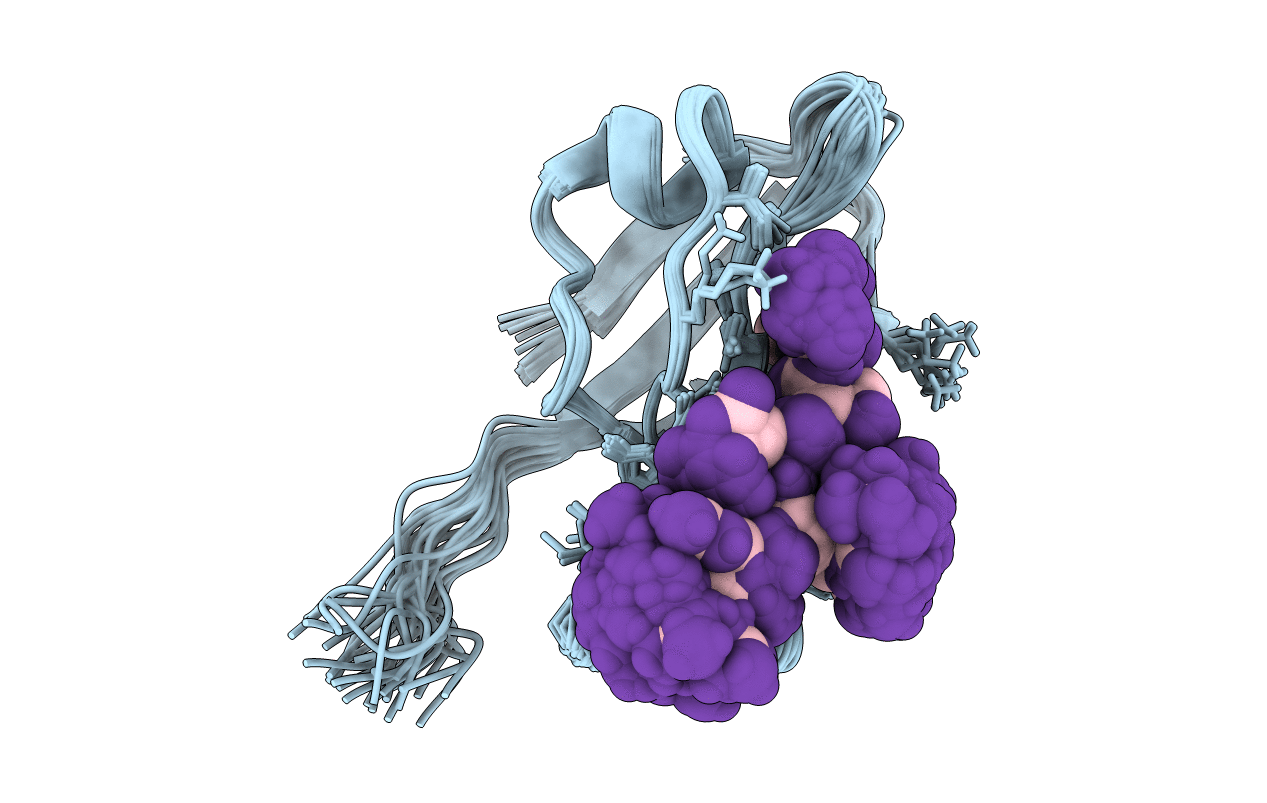
Deposition Date
2007-02-01
Release Date
2007-09-04
Last Version Date
2023-12-27
Entry Detail
PDB ID:
2OQS
Keywords:
Title:
Structure of the hDLG/SAP97 PDZ2 in complex with HPV-18 papillomavirus E6 peptide
Biological Source:
Source Organism:
Homo sapiens (Taxon ID: 9606)
(Taxon ID: )
(Taxon ID: )
Host Organism:
Method Details:
Experimental Method:
Conformers Calculated:
30
Conformers Submitted:
30
Selection Criteria:
all calculated structures submitted


